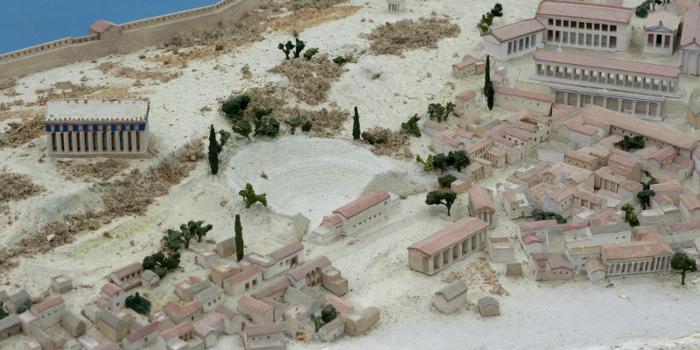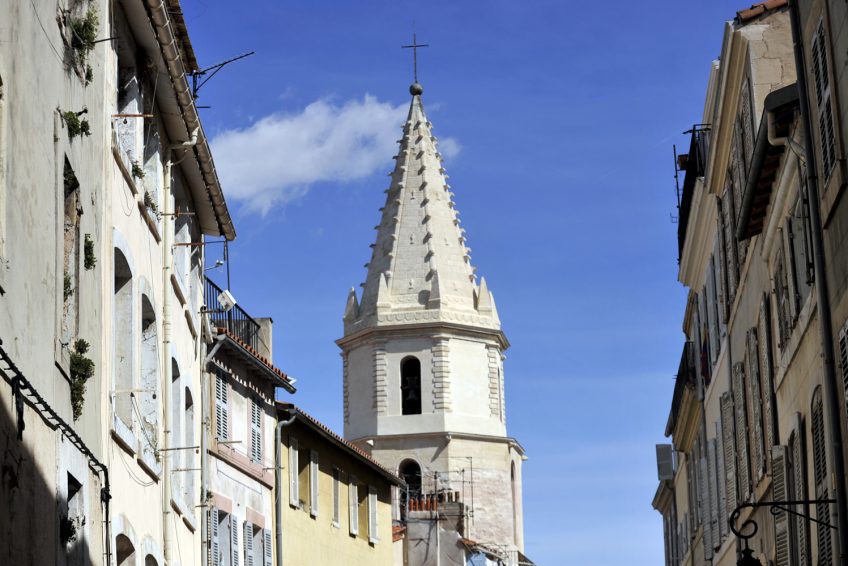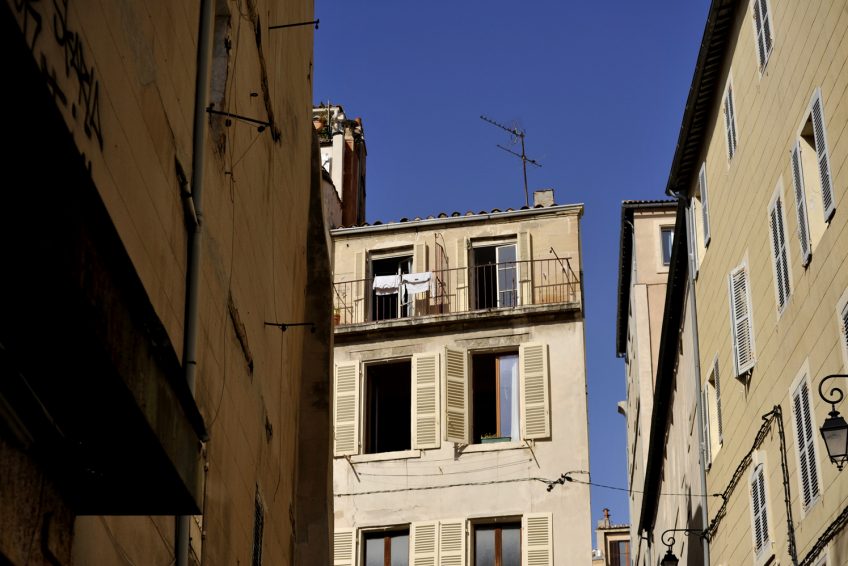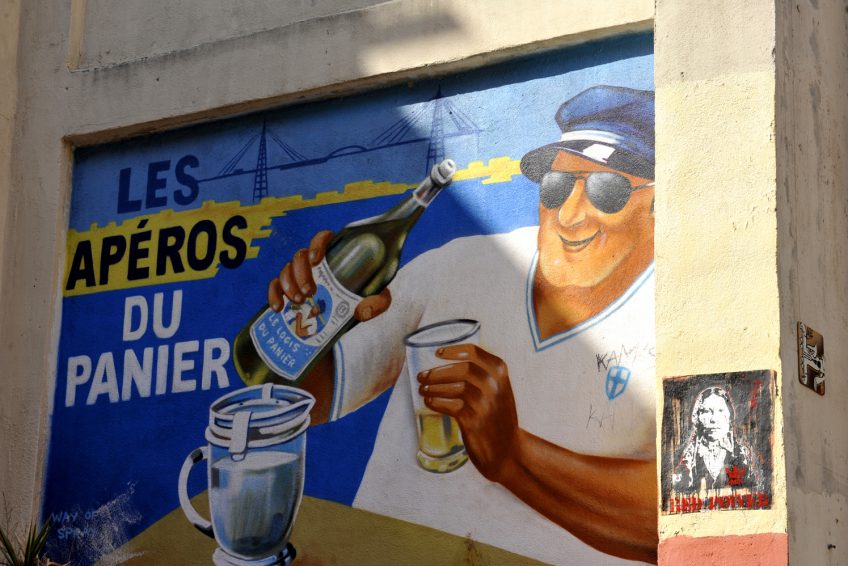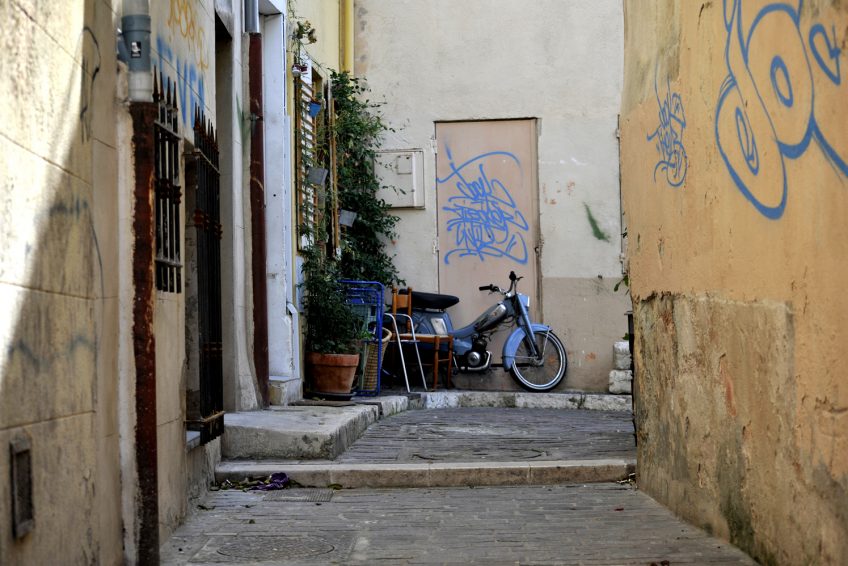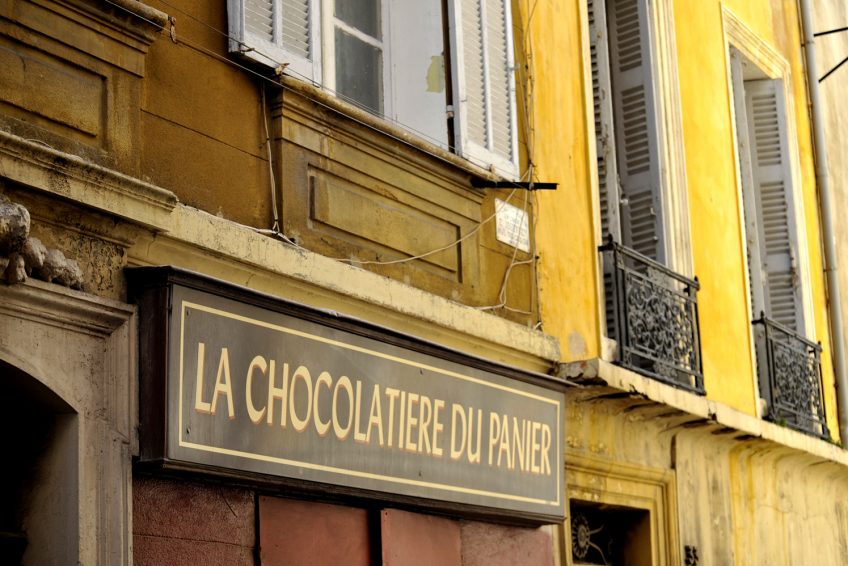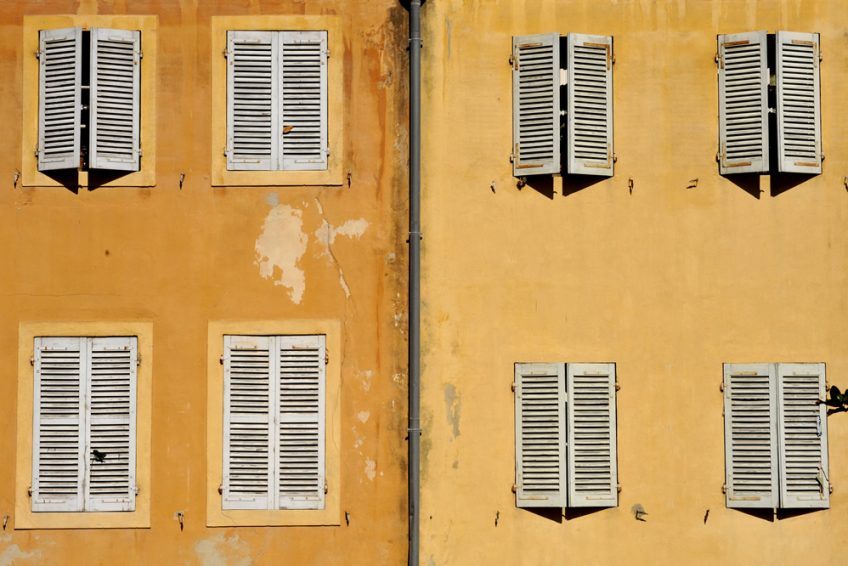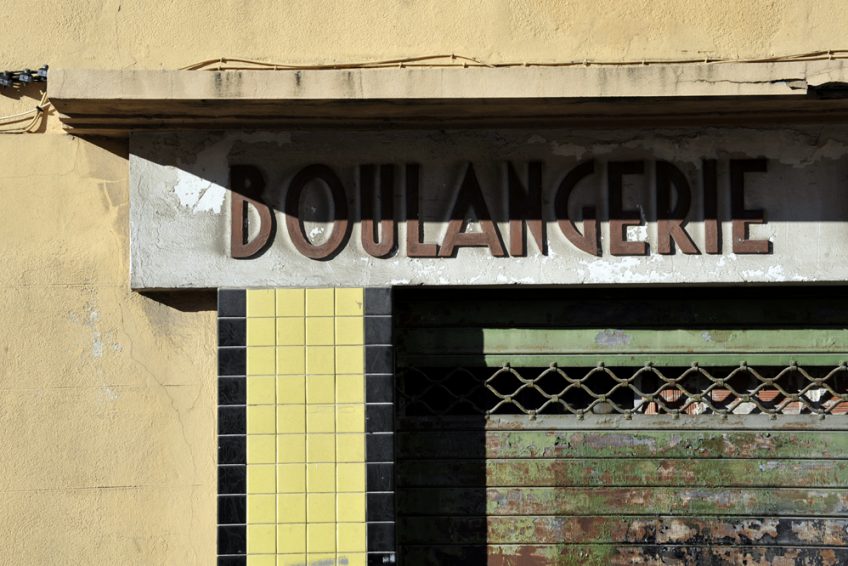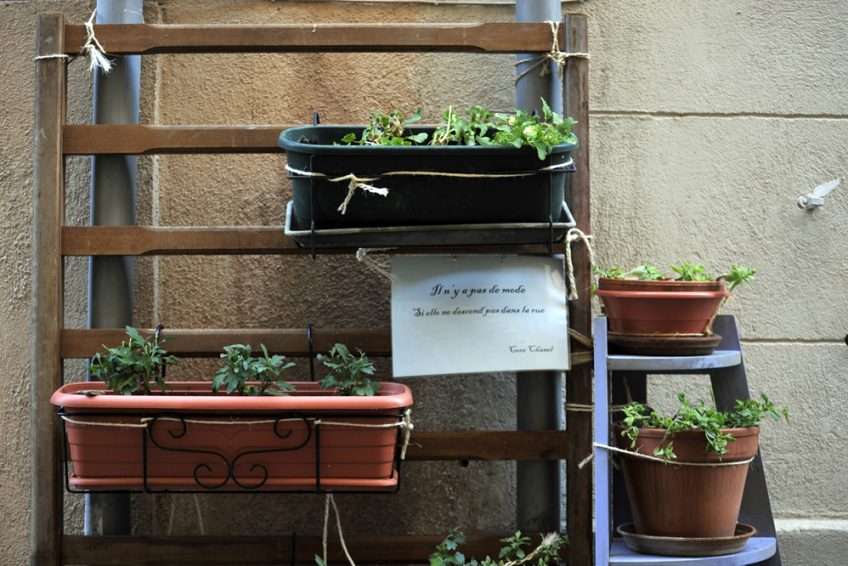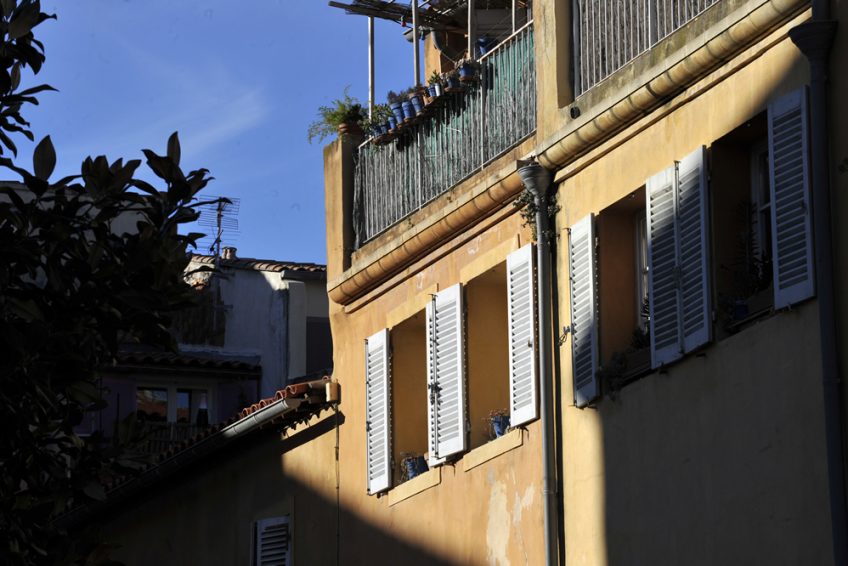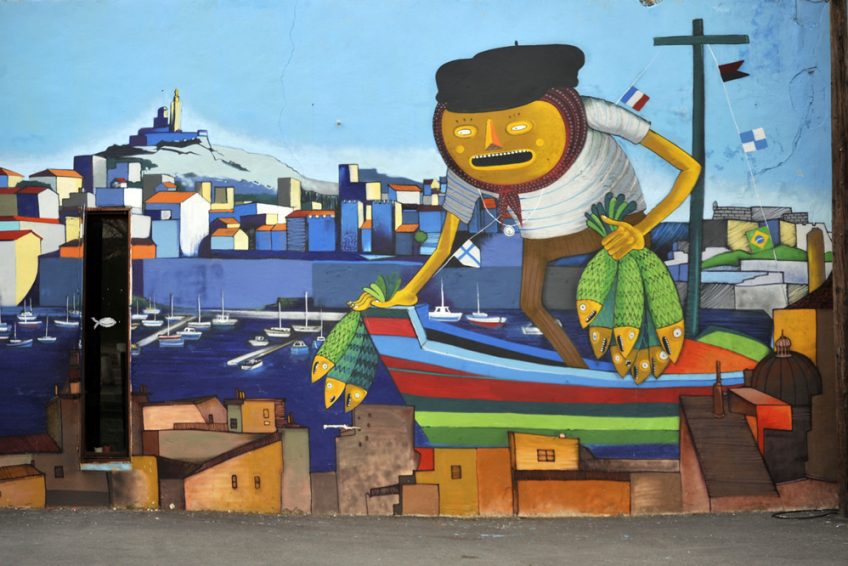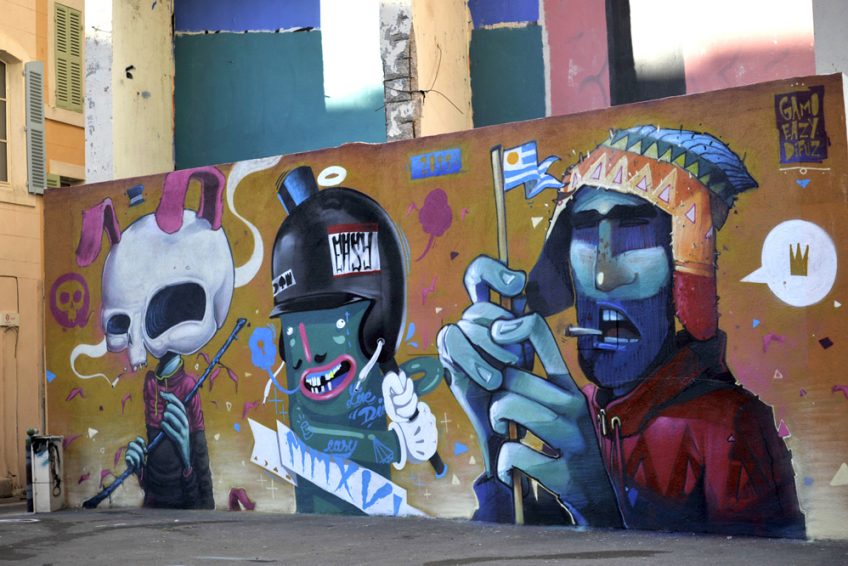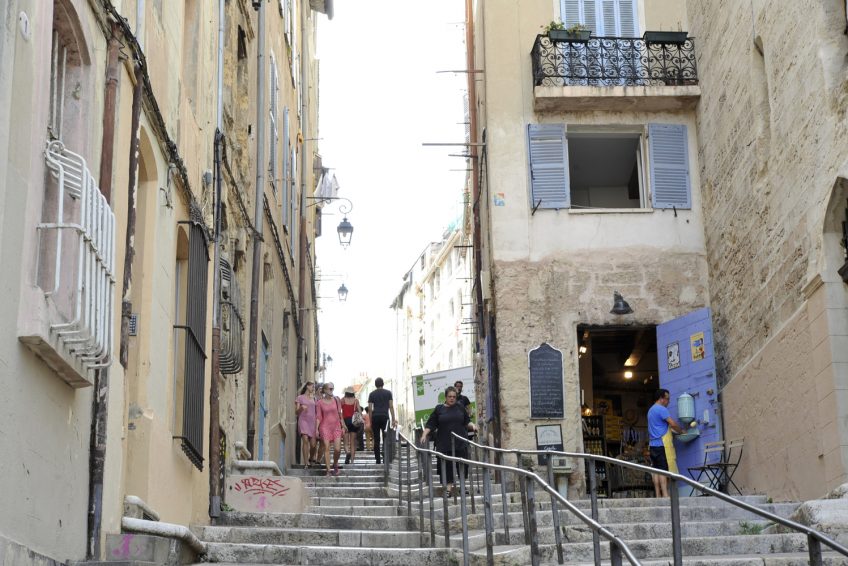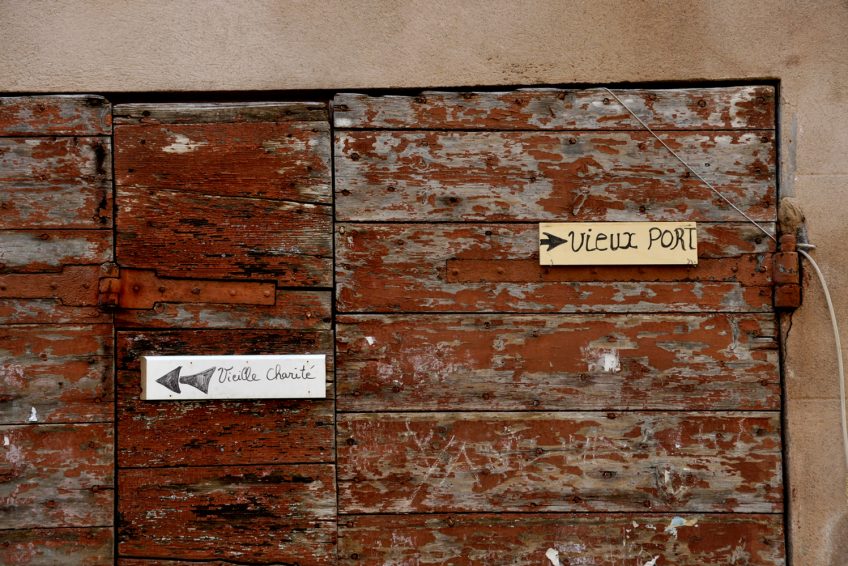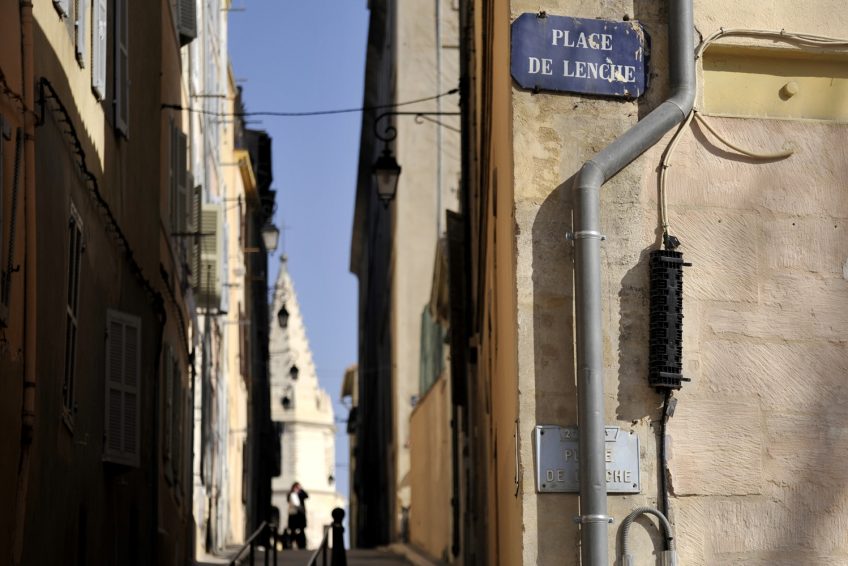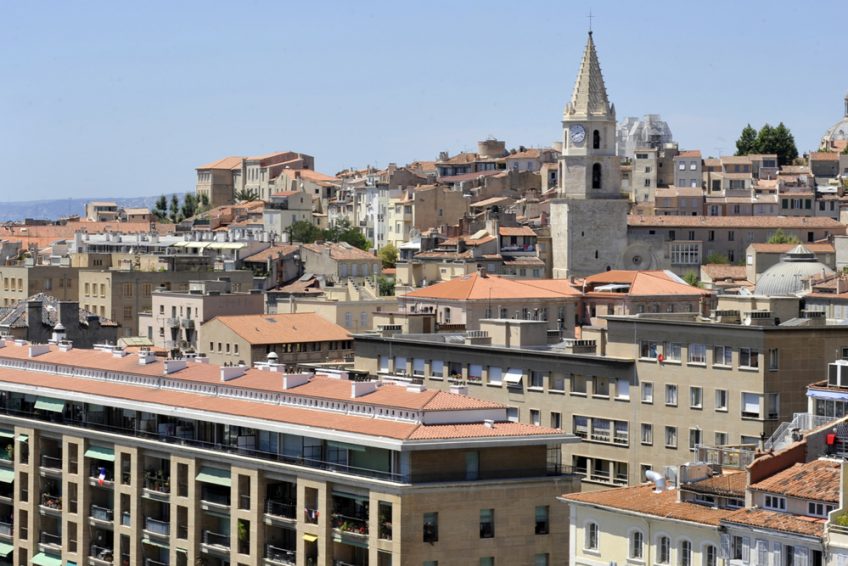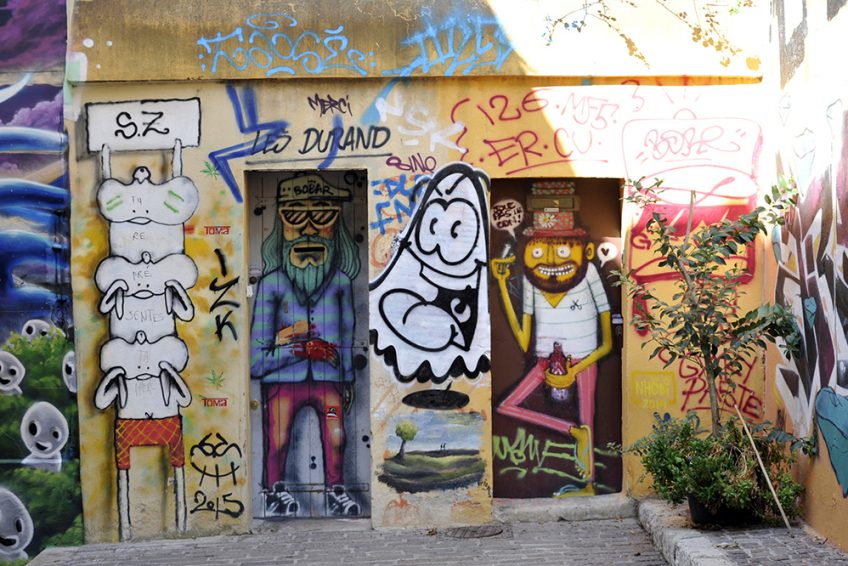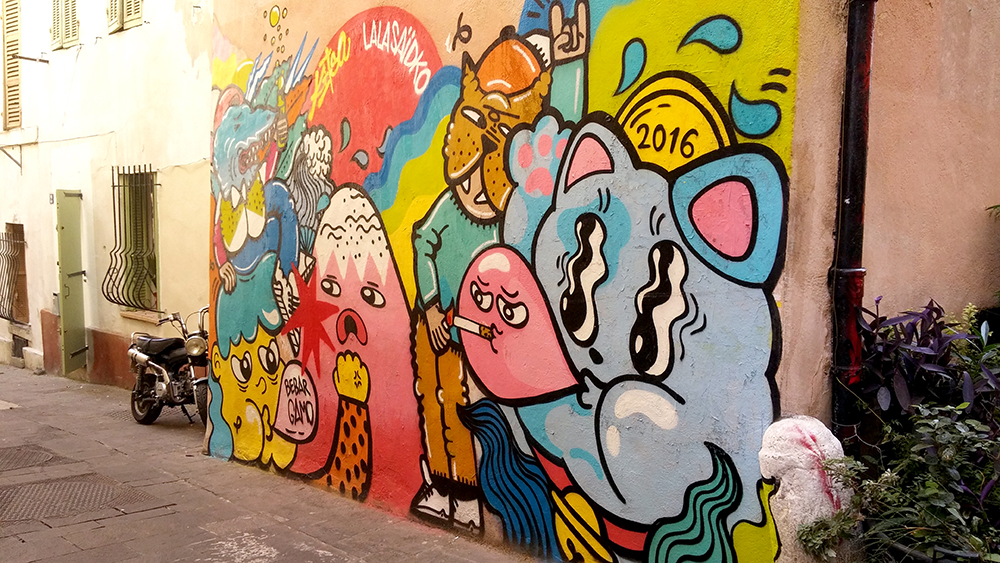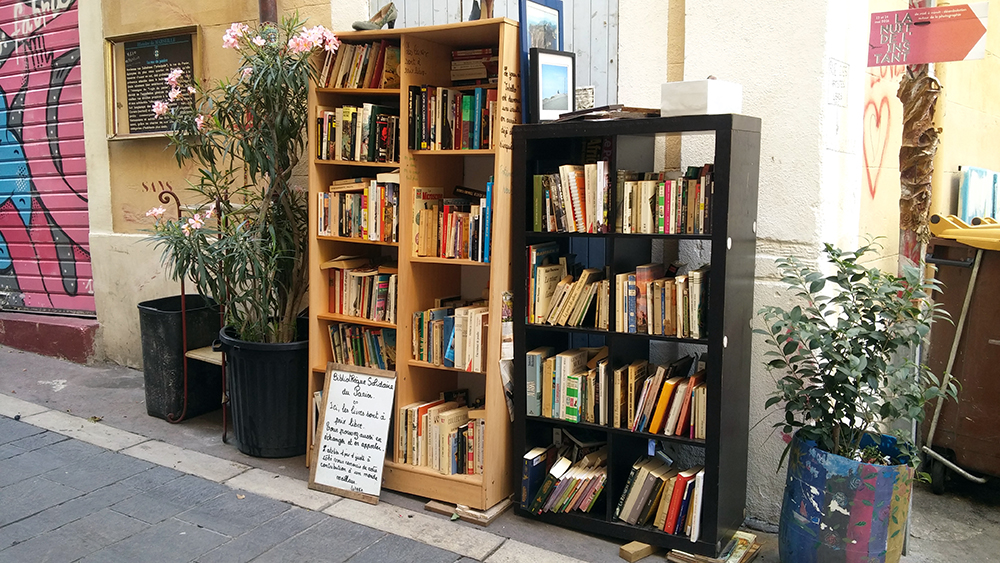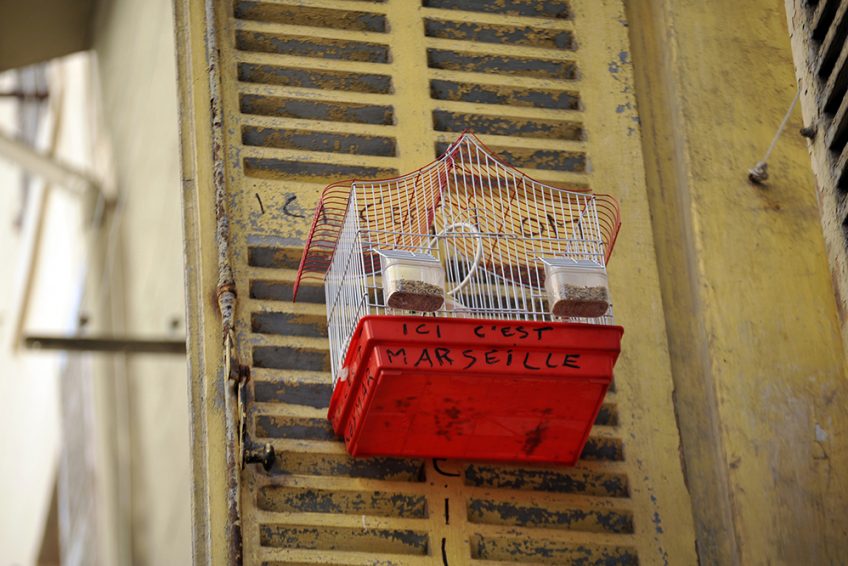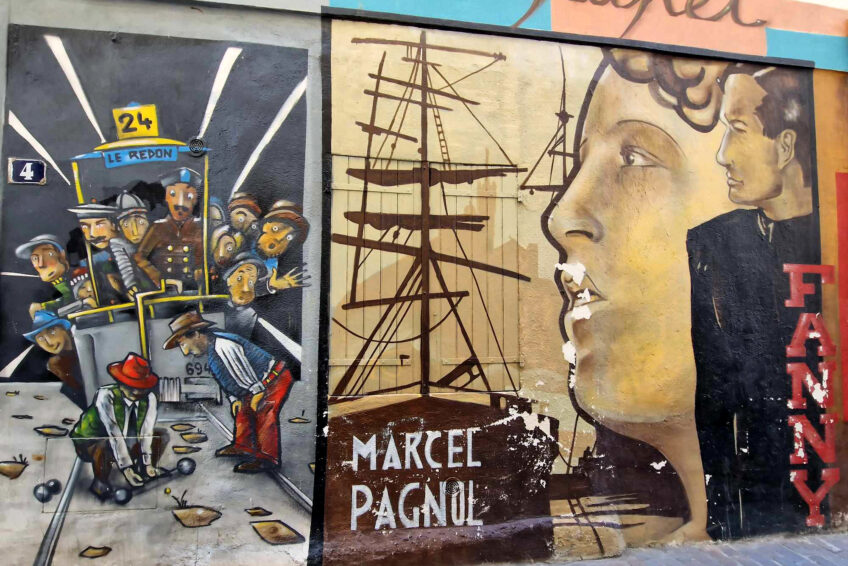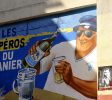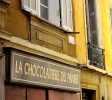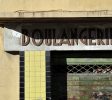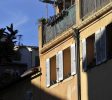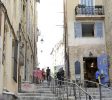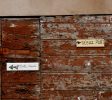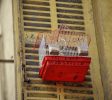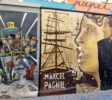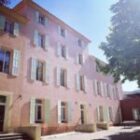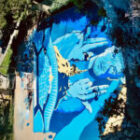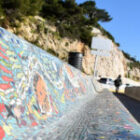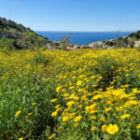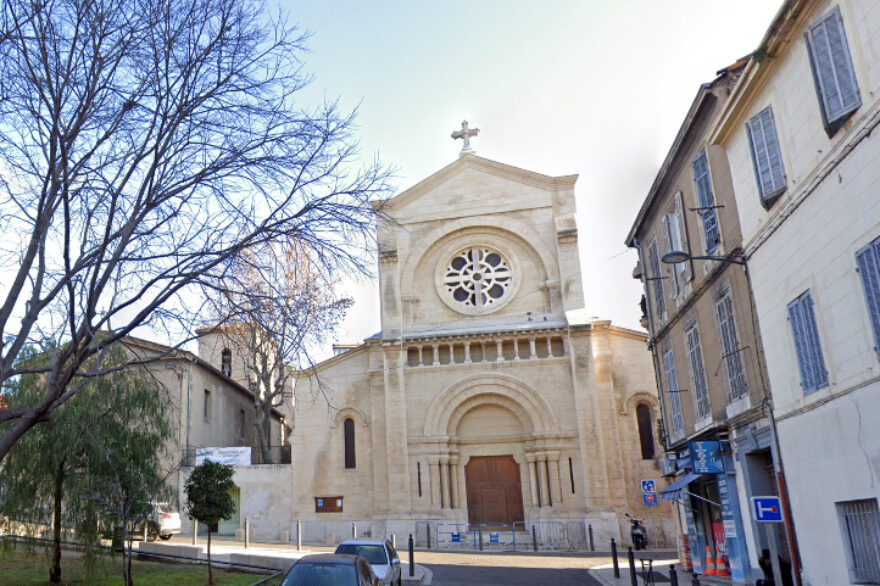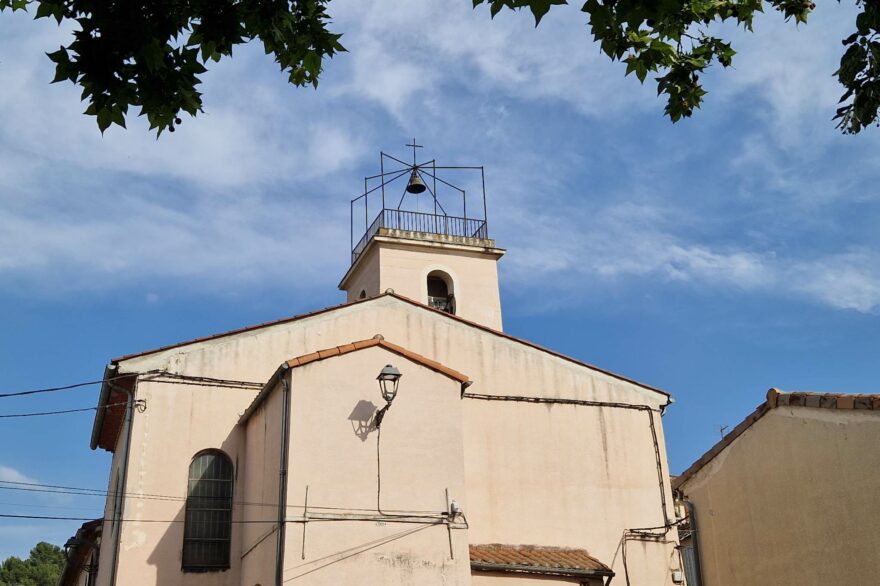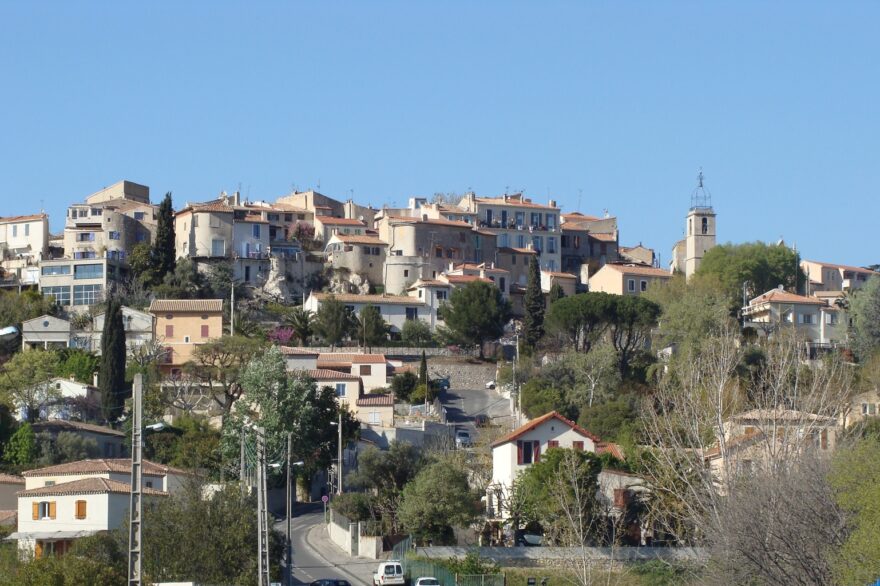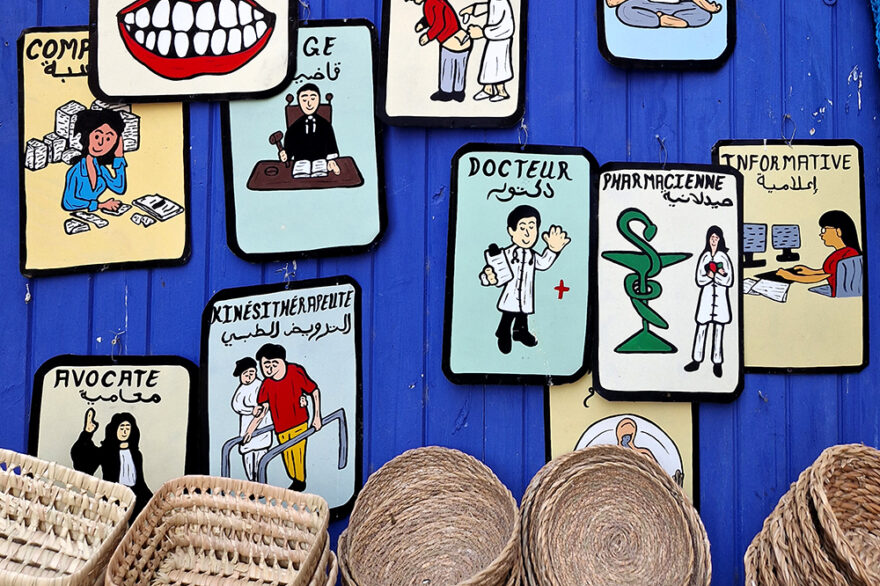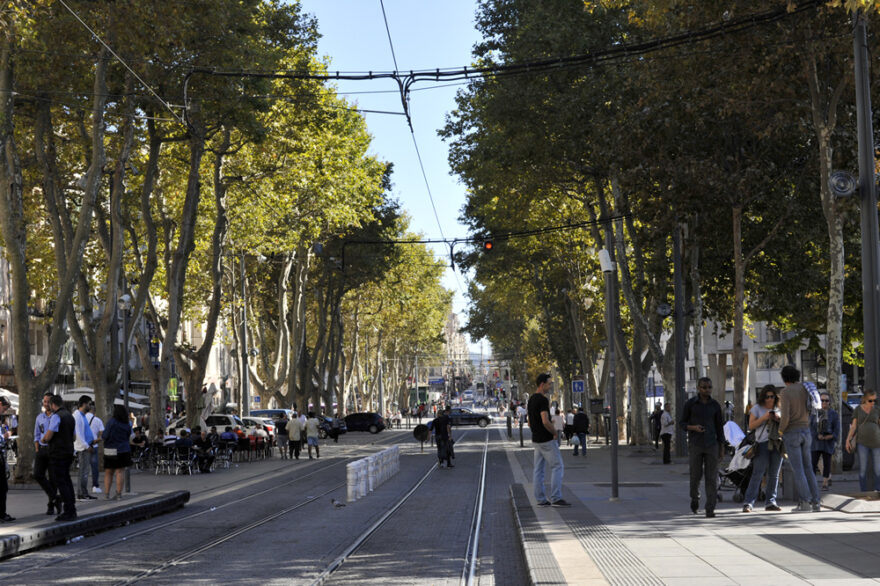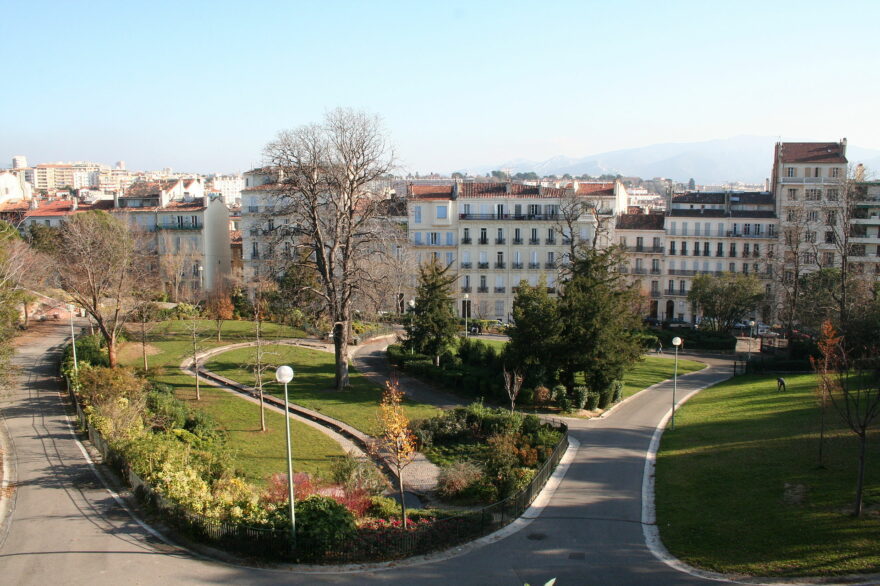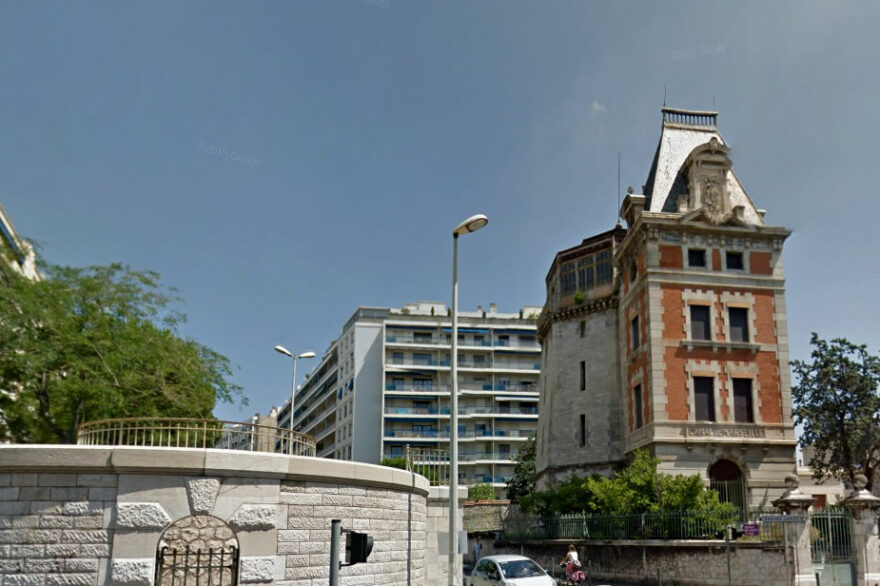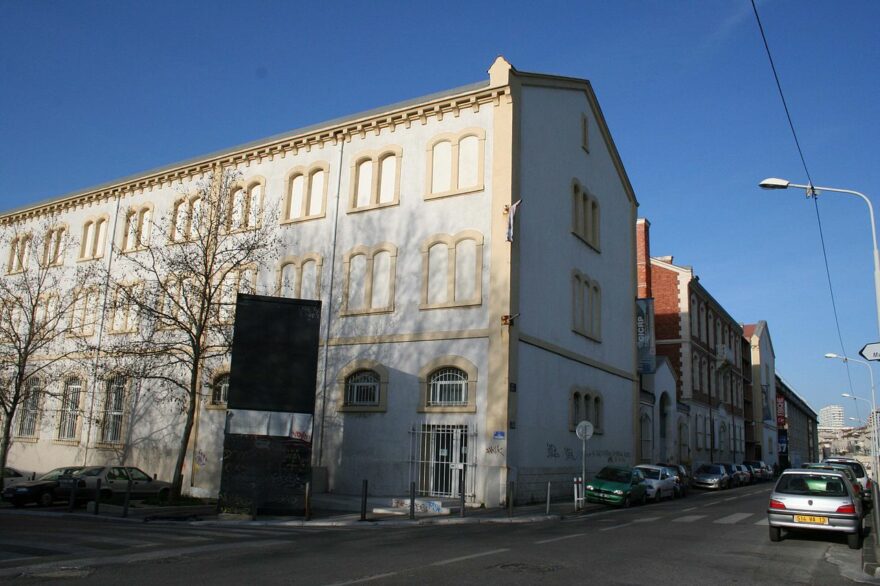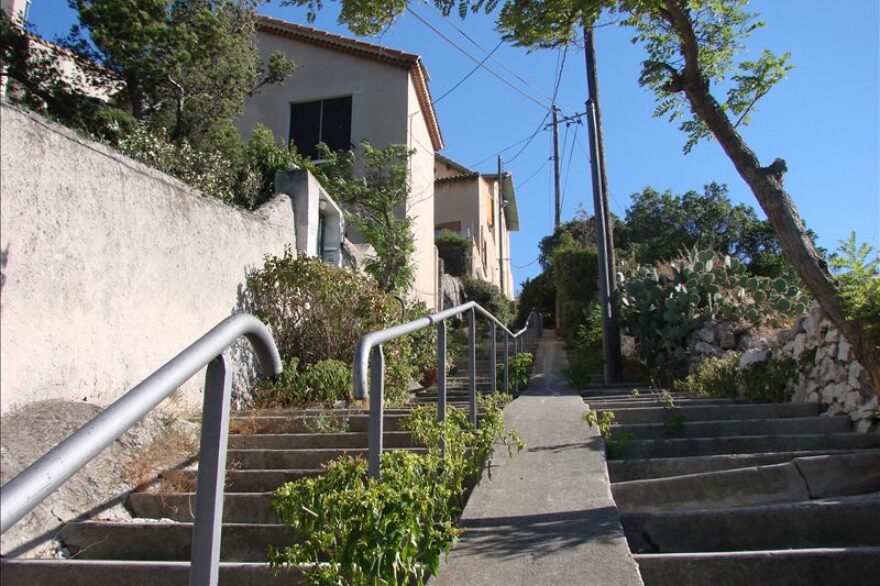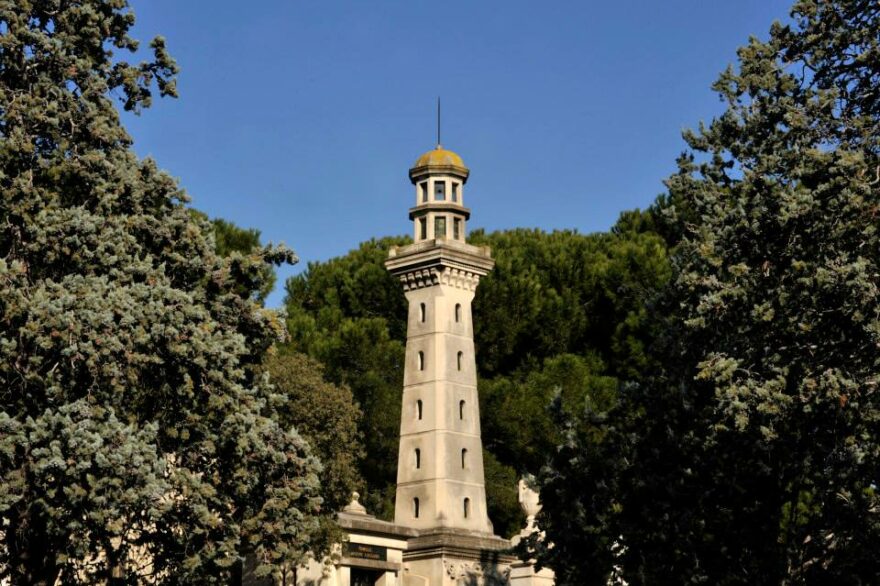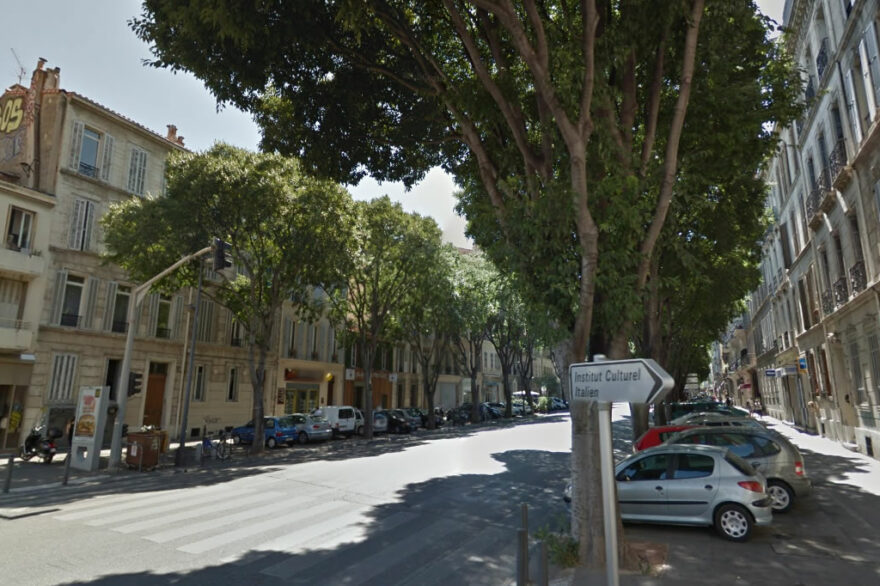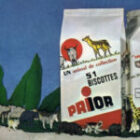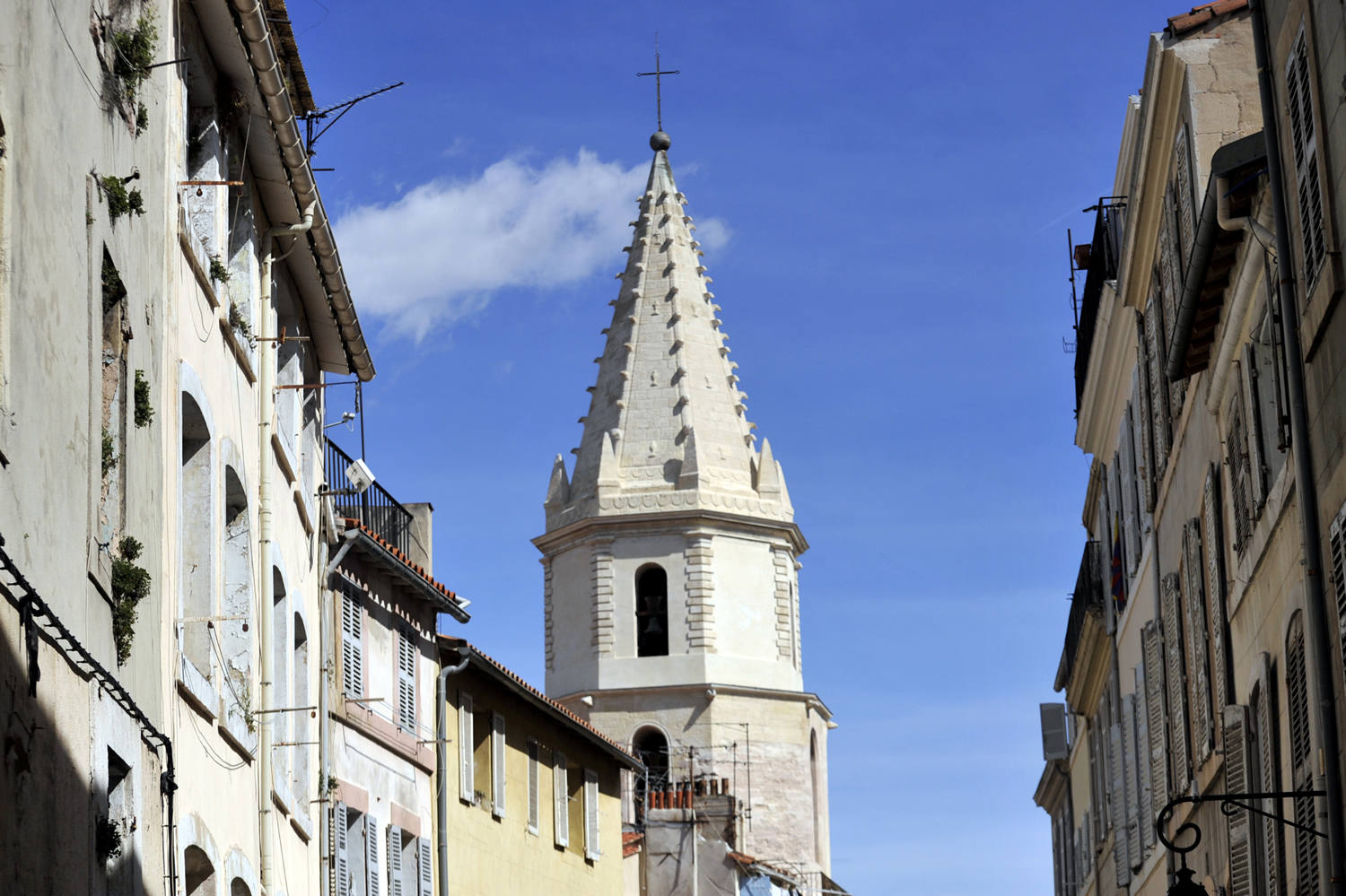
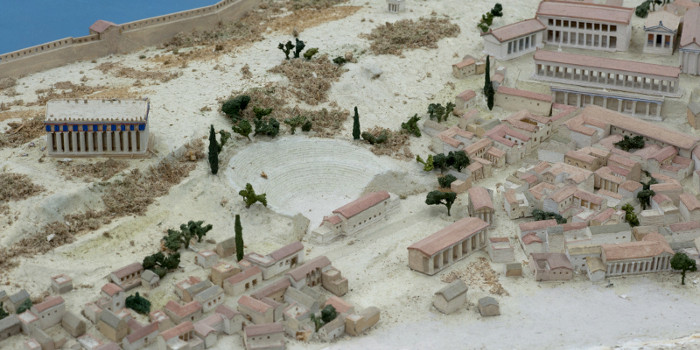
Model of the Panier during the Roman period
Le Panier is the historic settlement site of the Greek colony of Massalia in 600 BC. Its narrow streets still remind us that it is one of the oldest parts of the city. We usually refer to it as a “working class district”: Le Panier is traditionally the first place where immigrants settle in Marseille. Today, the Panier remains marked by these waves of immigration, and many families of Corsican or North African origin still live there. In recent years, as a result of renovations and the establishment of cultural venues, Le Panier has tended to become a tourist district.
Le Panier is located in the oldest part of Marseille, to the north of Old Port, behind City Hall. In this space, there are three hills: the Butte Saint-Laurent, the Butte des Moulins and the Butte des Carmes. The city of Marseilles developed within this territory, enclosed by ramparts, from the XNUMXth century BC. J.-C. until the XNUMXth century, when Louis XIV orders a first extension of the city.
Second World War
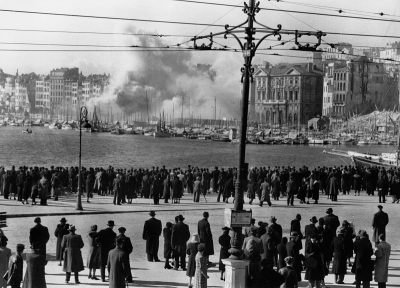 Considered poor and unsanitary, the development of the district extending on the north bank of the Old Port was criticized as early as the 1942th century. Several renovation projects have been outlined over the centuries. During the Second World War, an urban plan was prepared by architects committed to the cause of the “National Revolution” implemented by the Vichy regime. The first work began in the fall of XNUMX: “ Obscene suburre, one of the most impure cesspools, where the foam of the Mediterranean gathers (…) It is the empire of sin and death. These patrician neighborhoods abandoned to the rabble, poverty and shame, what way to empty them of their pus and regenerate them » — Louis Gillet, municipal review of October 21, 1942. The part located between rue Caisserie and the Old Port was finally destroyed by decision of the Germans: its dark alleys full of nooks and crannies constituting a refuge for the Resistance. Between January 22 and 24 1943, 30 inhabitants were expelled, several thousand people were arrested and sent to concentration camps.
Considered poor and unsanitary, the development of the district extending on the north bank of the Old Port was criticized as early as the 1942th century. Several renovation projects have been outlined over the centuries. During the Second World War, an urban plan was prepared by architects committed to the cause of the “National Revolution” implemented by the Vichy regime. The first work began in the fall of XNUMX: “ Obscene suburre, one of the most impure cesspools, where the foam of the Mediterranean gathers (…) It is the empire of sin and death. These patrician neighborhoods abandoned to the rabble, poverty and shame, what way to empty them of their pus and regenerate them » — Louis Gillet, municipal review of October 21, 1942. The part located between rue Caisserie and the Old Port was finally destroyed by decision of the Germans: its dark alleys full of nooks and crannies constituting a refuge for the Resistance. Between January 22 and 24 1943, 30 inhabitants were expelled, several thousand people were arrested and sent to concentration camps.
Then, house by house, the 1 buildings were blown up, leaving a field of ruins except for the Echevin de Cabre hotel, built in 1535, the oldest residence in the city. During the reconstruction of the new district of the Hôtel de Ville, the building was turned on jacks to place it in alignment with the new streets.
Today
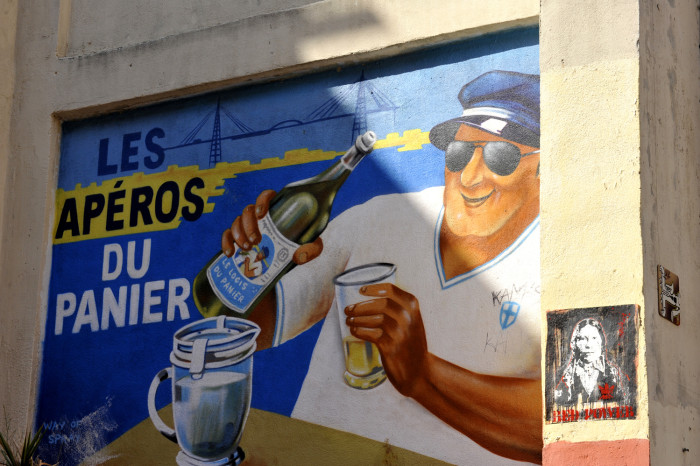 The Panier district is part of the Euroméditerranée urban development operation. Renovations affect the sectors including Rue de la République, Hôtel-Dieu, the Docks, the esplanade of the Cathedral of the Major, the J4 esplanade, Fort Saint-Jean. Le Panier is gradually becoming a tourist district: artist workshops (notably ceramists, painters and gallery owners) have been created in the district and a tourist train circulates all year round.
The Panier district is part of the Euroméditerranée urban development operation. Renovations affect the sectors including Rue de la République, Hôtel-Dieu, the Docks, the esplanade of the Cathedral of the Major, the J4 esplanade, Fort Saint-Jean. Le Panier is gradually becoming a tourist district: artist workshops (notably ceramists, painters and gallery owners) have been created in the district and a tourist train circulates all year round.
The success of television fiction Plus belle la vie whose action takes place in Marseille in settings largely inspired by Le Panier, pushed the production to open a store in the neighborhood but it closed its doors in 2015, replaced by a store and a Boule de Pétanque Museum.
Population and society
The changes in the district, and in particular the ongoing urban renewal, are part of a process of gentrification. However, there are still many working-class families in Le Panier, as well as sometimes unsanitary, cramped and even dangerous accommodation.
The Basket has often been represented in the cinema or on television:
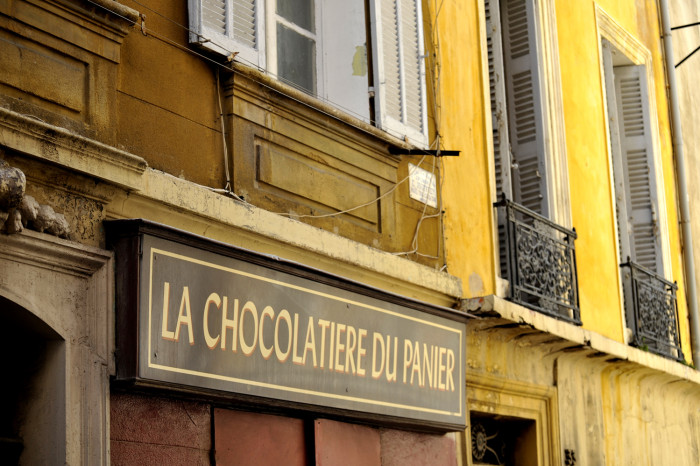 > The Basket served as inspiration for the film's sets Borsalino by Jacques Deray, with Alain Delon and Jean-Paul Belmondo;
> The Basket served as inspiration for the film's sets Borsalino by Jacques Deray, with Alain Delon and Jean-Paul Belmondo;
> the film Lila dit ça with Vahina Giocante takes place there with amateur actors from the neighborhood;
> the film Like a magnet, released in 2000, is inspired by the atmosphere of Le Panier: it tells the life of a group of friends who live in the district, attracted "like by a magnet" by the benches of the district, they do nothing with their lives, and seek to change this state of affairs;
> some scenes from The Immortal, a film by Richard Berry, were shot there in 2009;
> Le Panier is the main inspiration for the “Mistral”, the place where the Plus belle la vie series takes place and some outdoor scenes are filmed there.
Personalities related to the neighborhood
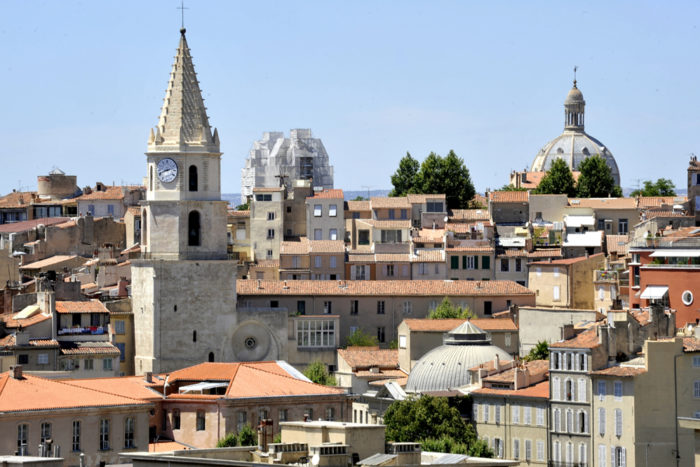 > Patrick Bosso, comedian and actor. It was in this neighborhood that he grew up.
> Patrick Bosso, comedian and actor. It was in this neighborhood that he grew up.
> Jean-Noël Guérini, French politician, president of the General Council of Bouches-du-Rhône, senator and former municipal councilor of Marseille.
> Le Rat Luciano, Marseille rapper of Spanish and Martinican origin, former member of the group Fonky Family
> Menzo, French rapper of Comorian origin, former member of the group Fonky Family.
> Georges Nguyen Van Loc (1933-2008), nicknamed “the Chinese”, police commissioner and writer.
> Tany Zampa (1933-1984), former godfather of the Marseille community.
